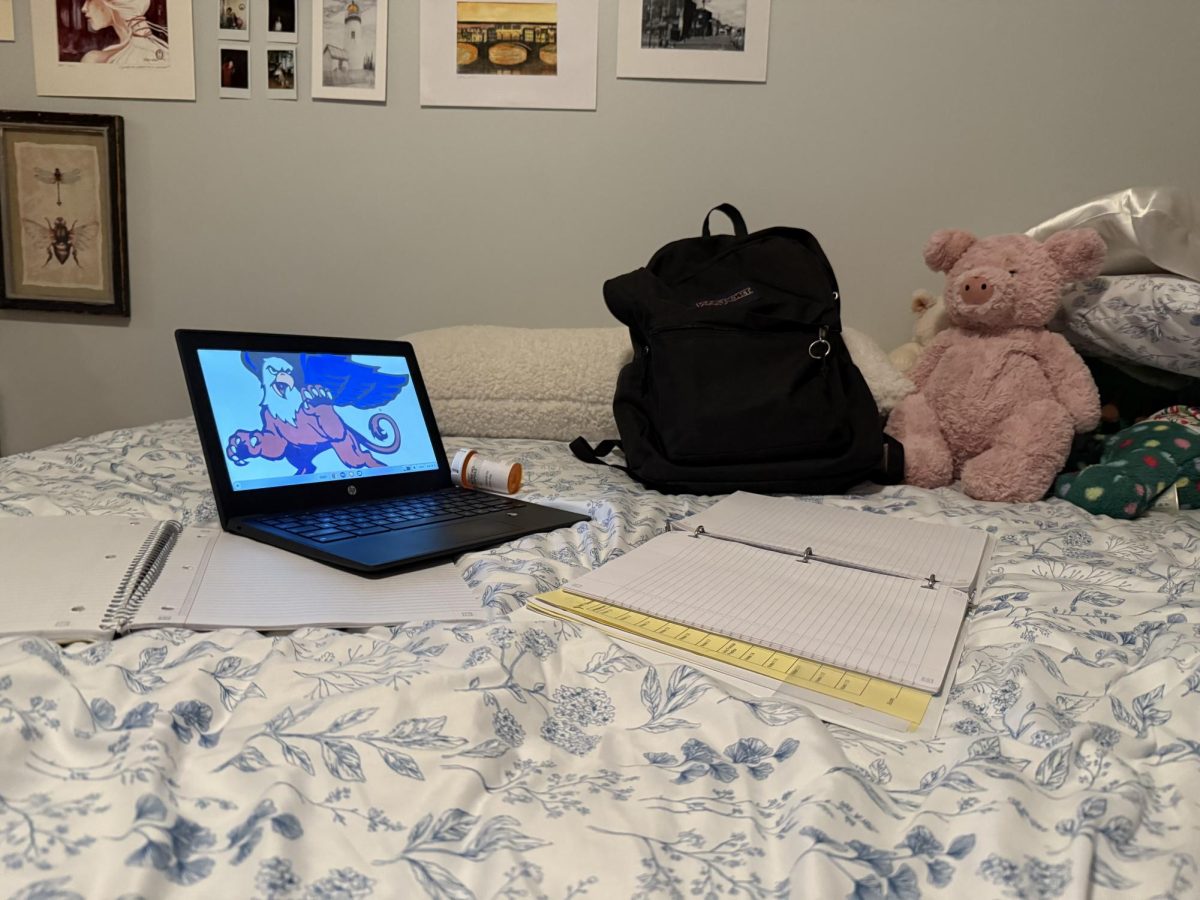PHILADELPHIA, Pa. — On the heels of the 2024 election, I was in the swing state of Pennsylvania for the National High School Journalism Convention, the nation’s largest gathering of student journalists.
Attending for the first time reinforced for me that student journalists are key players in a healthy democracy. Youth journalism makes local political coverage accessible to other students and community members, increasing neighborhood participation.

Almost 55 million Americans live in news deserts with “limited to no access to local news,” according to Medill’s annual “State of the Local News” October report. That, combined with short-form media culture and low voter turnout, makes it more important than ever that students be informed. Luckily, youth journalism is already helping students become politically aware and active adults who uphold our democracy.
Shah won fourth place in NSPA’s news writing contest for a story on Pennsylvania Governor Josh Shapiro visiting EHS to sign the state’s education budget. At the convention’s publication swap, red and blue pages announced student newspapers’ political coverage. Not only did I see a front page on the presidential election, I also saw an article about the mayoral race in Austin, Texas. At least two informational sessions focused on covering school boards and local politics.
The convention workshops rooted students in “journalism ethics and how to accurately represent subjects in a story, especially now, when there’s a lot of misinformation easily spread,” said senior Terina Papatu, an attendee from Mountlake Terrace High School in Edmonds, Washington.
School Newspapers Online also publishes the best student journalism from websites across the U.S. that use the SNO network. From county secessions in Illinois to a city e-bike ordinance in California, Best of SNO’s news category included eight state and local politics stories in the past month.
Where communities lack access to local political coverage, youth journalists are filling those gaps in many ways.
The Los Alamitos High School Griffin Gazette’s fourth and fifth most-viewed stories in the last 30 days covered state and local politics: a California executive order on homelessness and our school district’s trustee election.

Youth journalists are tackling local political stories, and people are reading them. This matters to our democracy: Various research has found higher civic engagement in communities with access to a daily local newspaper.
As high schoolers, we are approaching voting age, and many of us are chronically online. Sure, most high schoolers don’t read the paper every morning, or even an article on a news app. But are we more likely to read an article by one of our peers? Yes, especially if it’s written in terms we understand and we see it scrolling Instagram.
With more than 5,000 attendees, including student reporters and journalism advisers from across the country, the convention showed that news is, in fact, not dying. Rather, it’s more needed than ever.
I was there because I believe in journalism, and like other youth reporters, believe in accurate, ethical and diverse news that is accessible to everyone.
We might still be in high school, but youth journalists are journalists. Whether reporters join a school publication or community program like South Bay Youth Journalism, students are best-placed to improve our communities’ access to news.
Bella Kim is a youth reporter with South Bay Youth Journalism, a news training program from CalMatters’ Youth Journalism Initiative. This article was published with SBYJ on Nov. 27 and Signal Tribune on Dec. 2.
The introduction was corrected from “swing state of Philadelphia” to “Pennsylvania” on Dec. 9.






















Jasmine • Dec 4, 2024 at 9:46 am
Fantastic commentary Bella! And I absolutely agree that journalism, especially with students, is essential!